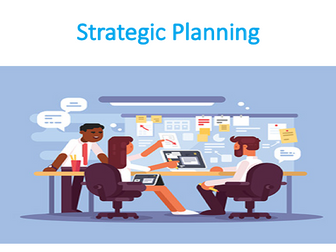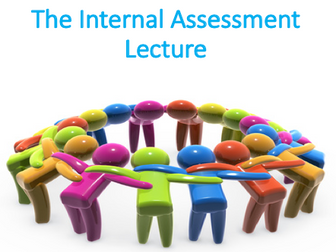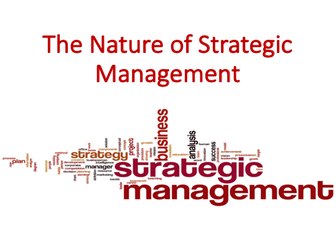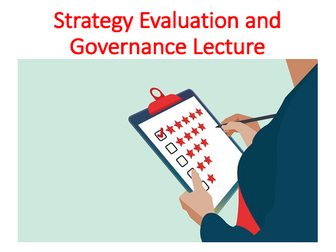Bundle

AQA Business - UNIT 10 Managing Strategic Change
This bundle of four PowerPoint and revision note topics, provides students with an indepth understanding of core areas relating to the AQA A Level Business specification. The pack contains notes abouts managing change, managing organisational culture, managing strategic implementation and concludes with the problems of strategy and why strategies fail.
Specific topic areas include:
The causes of and pressures for change
Disruptive change
Incremental change
Lewin’s Force Field Analysis
The value of change
The value of a flexible organisational model
Restructuring
Delayering
Organic v mechanistic structures
Knowledge and information management
Barriers to change
Kotter and Schlesinger’s models
The importance of organisational culture
Handy’s cultural models
Hofstede’s national culture models
Influences on organisational culture
Problems of changing culture
How to implement strategic change
Leadership and strategic change
Communication and strategic change
Network analysis
Critical path analysis
Strategic drift
Planned and emergent strategies
Divorce of ownership and control
The value of strategic planning
Contingency planning
Given the inclusion of student revision notes, this pack represents excellent value for money and saves teachers hours of time in preparing notes.

















